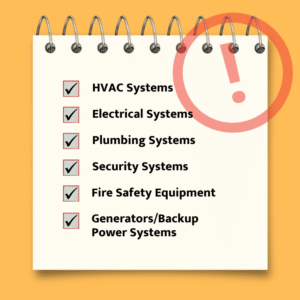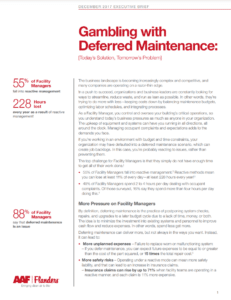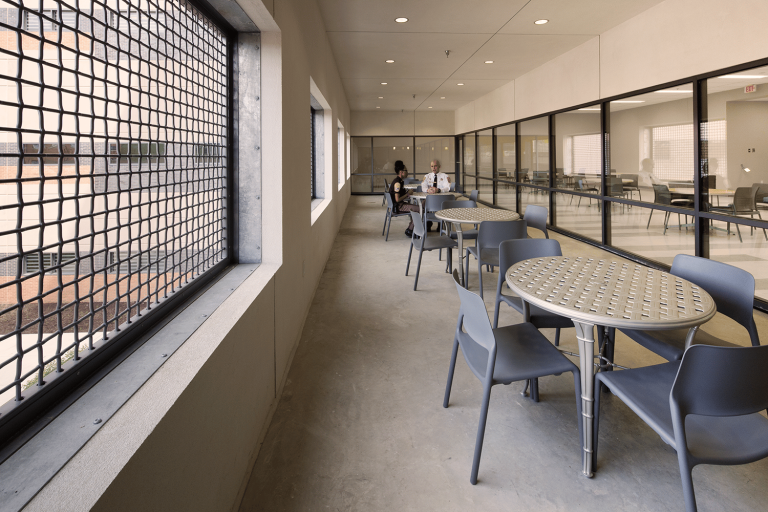
Justice Facility Maintenance Mishaps: 5 Slip-Ups to Steer Clear Of
I have had the pleasure of working firsthand with some of the finest maintenance staff across the United States, which gives me unique insight into just how critical maintenance is to maintaining a secure environment in justice facilities. Failing to keep up with regular maintenance and repair of equipment and systems can lead to severe consequences, including safety hazards, equipment failure, and violent uprisings. Unfortunately, many facility management firms make common mistakes in their maintenance practices that can have serious repercussions.
Based on my experience, here are the top five most prevalent errors in maintenance practices for justice facilities:
1. Failing to prioritize Preventative Maintenance
Preventive maintenance is an indispensable component of ensuring the longevity and efficient functioning of equipment in justice facilities. By identifying and addressing potential issues before they become significant problems, preventive maintenance can prevent costly repairs and equipment failures. Yet far too often facilities prioritize reactive maintenance, which perpetuates a cycle of equipment failures and expensive repairs. The neglect of preventive maintenance jeopardizes the safety of staff and inmates and heightens the likelihood of downtime and facility disruptions.
2. Ignoring maintenance backlogs
A study produced by facilities net in 2017 outlines the effect of deferred maintenance and how each dollar of avoided deferred maintenance results in four dollars of future expense. Post Covid and today’s current market reality has most likely escalated these numbers.
Most of the larger mega jails and larger justice facilities were built between 1980 and 2000. Given their age and the nature of their operation, these facilities frequently confront a considerable backlog of maintenance tasks, ranging from minor repairs to major equipment overhauls. Regrettably, poor planning, budgetary restraints, and other factors play a role in facilities failing to attend to these backlogs, resulting in deferred maintenance and equipment failures. This lack of maintenance can lead to costly repairs and downtime, endangering the safety of all occupants.
3. Failing to prioritize energy
Given the tremendous energy consumption of justice facilities, it is imperative to prioritize energy efficiency. Neglecting the energy aspect not only increases operating costs but also subjects equipment and systems to unnecessary strain. When facilities overlook energy efficiency they squander opportunities to reduce expenses, minimize equipment failures, and enhance overall facility performance. When the need for equipment replacement arises, maintenance staff should take the initiative to think ahead and ask themselves how they can improve the facility, enhance its efficiency, and reduce operating costs instead of simply opting for like-for-like replacements due to the status quo. This forward-thinking approach can lead to better long-term outcomes and ensure that the facility is operating optimally.
4. Neglecting to train maintenance staff
Maintenance staff in justice facilities play a critical role in ensuring that equipment and systems are functioning efficiently and safely. As someone who has worked in a maintenance role before, I understand firsthand the importance of specialized training and expertise in this field. It’s essential to stay up-to-date with current trends and technologies to maintain complex equipment and prevent costly repairs and downtime. Without proper training and education, there can be serious consequences, including equipment failures, health risks, and safety hazards. Recognizing the need to invest in your staff and prioritize continuous training helps ensure your maintenance staff have the knowledge and skills needed to maintain and repair critical systems and equipment effectively.
5. Failing to Plan or Budget for Capital Improvements
Planning for capital improvements is crucial for the proper functioning of a justice facility. As someone who has had the privilege to tour some of the world’s finest justice facilities, I have seen the effects of poor capital planning and I understand the importance of having a proactive approach to equipment replacements and upgrades. Neglecting these improvements can result in expensive equipment failures and significant periods of downtime, which can put staff and inmates at risk.
In summary, justice facilities require specialized maintenance practices to ensure the safety and security of all individuals involved. Prioritizing preventive maintenance, addressing maintenance backlogs, considering energy efficiency, providing proper training for maintenance staff, and planning for capital improvements are all crucial aspects of these practices. Avoiding these common mistakes is essential to maintain the seamless and secure operation of justice facilities, allowing them to operate efficiently and ensure the safety of staff and inmates.







